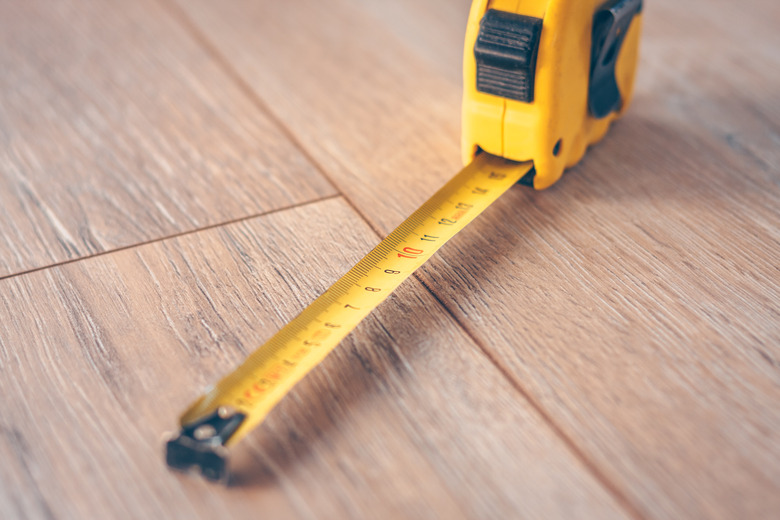How To Install PVC Flooring
PVC, a type of vinyl, is an excellent flooring material option for those who desire an elegant look that's both durable and cost-effective. PVC flooring is also water-resistant, making it an obvious choice for any room that gets traffic from a hot tub, pool or garage. PVC flooring will typically last for years without requiring much maintenance. Best of all, most PVC is self-adhesive, allowing for one-person installation and very little required subfloor prep.
Preparing to Install PVC Flooring
Preparing to Install PVC Flooring
All polyvinyl flooring has the same basic preparation requirements. Before you begin, you'll need to sweep the installation site carefully to ensure that all the loose dirt is removed. Then, mop the floor with a pH-neutral cleaner. You can either make this or buy it from most big box stores. Next, you'll have to dry the floor. When you dry, take care that the towel is clean and that you leave no debris.
Once the floor is clean and dry, ensure that the area is completely flat. It's best to use a level so you can mark areas that are too high or too low. If the floor is going to be made with tiles, it's especially important to make sure it's level to reduce the risk of tile drift over time.
To even out the floor, you may have to use a grinder or sander. This will allow you to smooth out the higher areas. Once you have ground these peaks down, recheck them with your level. After sweeping and mopping the floor again, you can proceed to fill in the low areas of the floor with self-leveling compounds, which can be purchased at your local hardware store.
Prepare the Floor
Prepare the Floor
Making marks with chalk is the best way to ensure that you'll be working with an even, balanced surface. Use the chalk to mark the center of the room. Measure out from the opposing walls for your center lines to find the true middle of the floor. To draw your lines, you can use a string that has been covered with chalk. Snap the string against your floor to create straight lines.
Installing Vinyl Plank Flooring
Installing Vinyl Plank Flooring
Vinyl plank flooring is laid in sections instead of in a roll. Starting from the center of the room, shore up your flooring and lay each piece carefully. After each completed row of flooring, you may want to remeasure the floor to ensure you're still lined up properly. Continue in this way until you've finished covering the subfloor.
Installing Vinyl Tile Flooring
Installing Vinyl Tile Flooring
Just like plank flooring, you'll lay the vinyl tile flooring starting in the middle of the room. Remove the backing from each section before laying the tiles, using your chalk line as a guide. Cover the center lines completely from wall to wall before going back to repeat the process on the other side of the line.
While you work in strips, ensure that they're tightly butted up against each other. If you have patterned tile, it may be a good idea to flip your tiles before you remove the backing on the flooring. Using a utility knife, cut around any areas where you have anything attached to the floor, such as a center island, sink or shower. Maintain a slight gap (up to 1/8 inch) from the wall to allow for the tile to expand.
Sheet Vinyl Flooring and Concrete
Sheet Vinyl Flooring and Concrete
When laying vinyl flooring on concrete, take extra precautions to ensure that the subfloor is clean and dry. Fill any cracks to ensure a level surface, and take great care to make certain that moisture is removed before installation. Once this is done, you can follow the same steps to install any other type of flooring.
